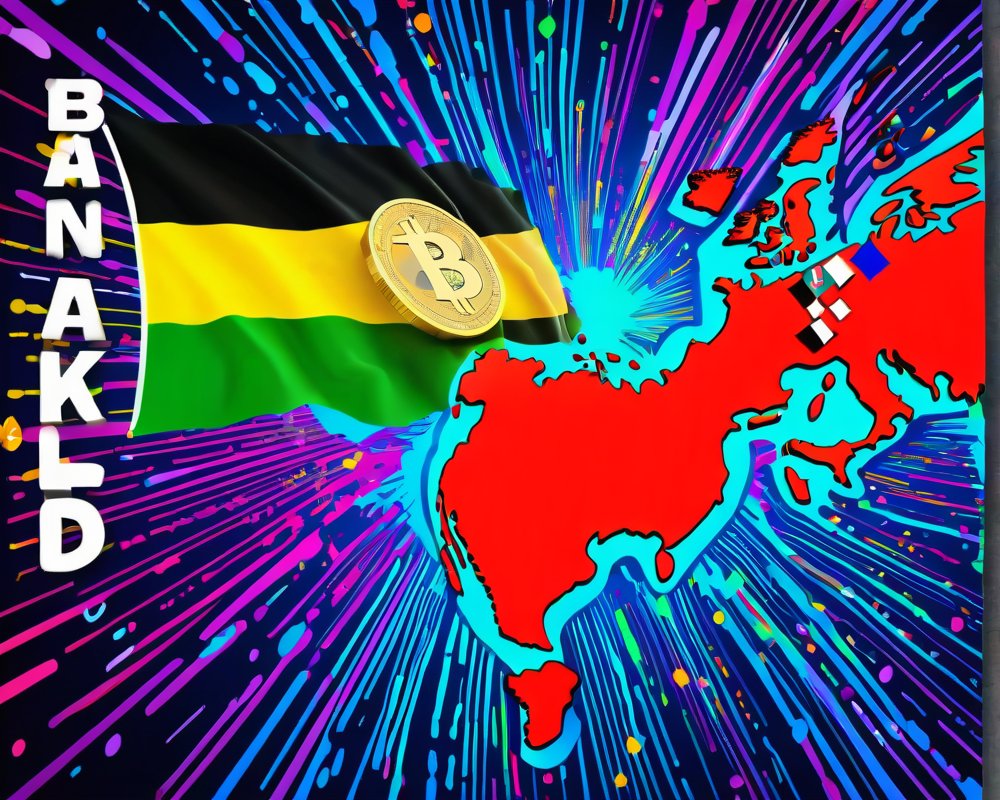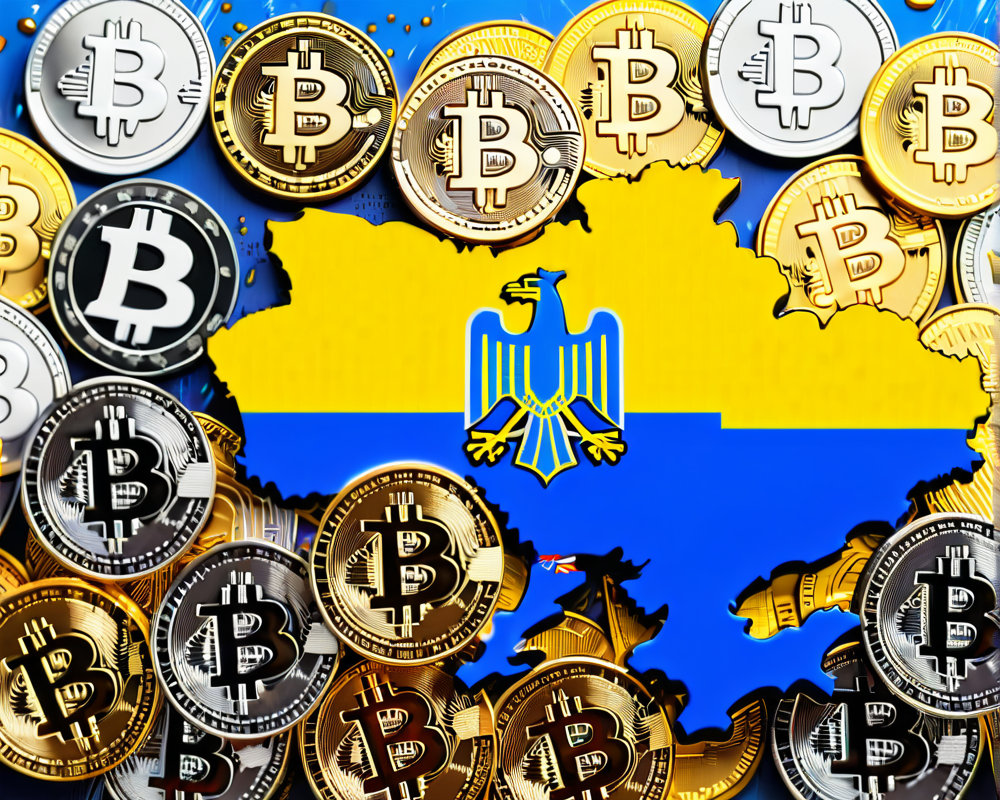Understanding the Digital Ruble Project
The digital ruble is not just a new currency; it’s a response to Russia’s evolving financial landscape. Launched under the watchful eye of the Bank of Russia, this Central Bank Digital Currency (CBDC) aims to make transactions more transparent and efficient. However, the implementation hasn’t been a walk in the park for banks.
Gazprombank’s Call for Caution
Gazprombank, a key player in the CBDC pilot program, is waving a flag—albeit a cautious one. In their public statement on February 7, they suggested that traditional banks need more time and strategy before diving headfirst into the digital ruble arena. Their position underlines an important reality: transitioning to a CBDC isn’t as simple as flipping a switch.
Potential Pitfalls of the Digital Transition
- Financial Risks: Gazprombank highlighted the potential losses banks could face during this transition, estimating around $3.5 billion could be at stake.
- Operational Adjustments: Slowing down the process might allow banks to deal with the necessary operational adjustments.
- Market Dynamics: With new technology comes new tension; failing to adapt might lead to serious competitive disadvantages.
Projected Impact on Traditional Banks
The Russian branch of a well-known consulting firm, McKinsey, weighed in, estimating that the traditional banking sector might incur steep losses due to the new digital currency. But wait—there’s a silver lining! They also predicted that retailers could see profits in the ballpark of $1.1 billion annually once the digital ruble kicks into high gear.
Timeline for Implementation
So, what’s the roadmap for the digital ruble? The Bank of Russia has set ambitious goals. Here’s how the schedule looks:
- Testing Phase: Ongoing tests with banks to fine-tune the system are expected to wrap up by the end of this year.
- Full Bank Connection: Starting in 2024, all banks and credit institutions will connect to the digital ruble infrastructure.
The Bigger Picture: Geopolitical Context
With heightened sanctions against Russia since the onset of the Russo-Ukrainian war, the digital ruble is seen as both a solution for internal efficiency and a potential tool for circumstantially bypassing these pressures. The country is looking up globally, trying to enhance its standing despite the obstacles in its path.
The Future of the Digital Ruble
Will the digital ruble become a national success story, or will it face too much backlash from traditional banks? Only time will tell, but for now, cautious optimism appears to be the word of the day. In the world of finance, one thing is for certain: change is inevitable, but how we approach it can make all the difference.




